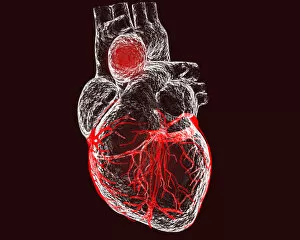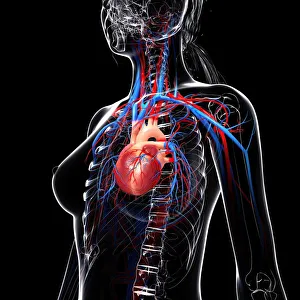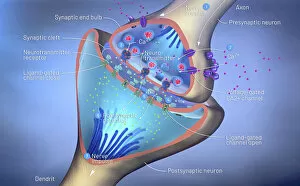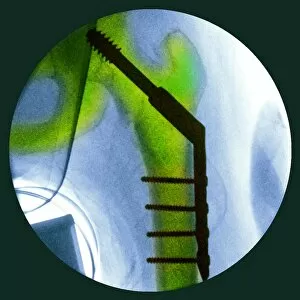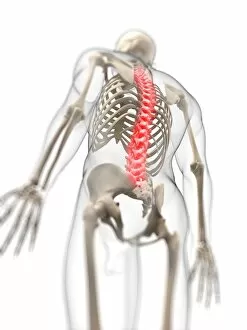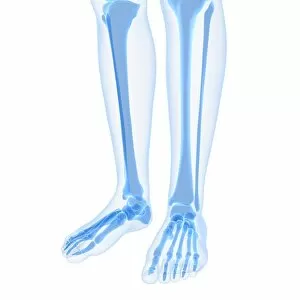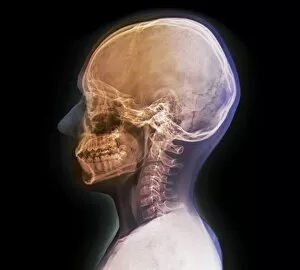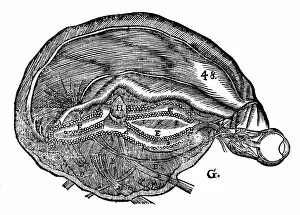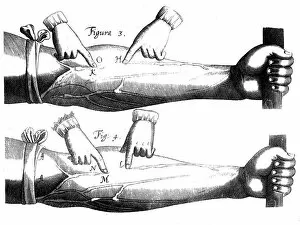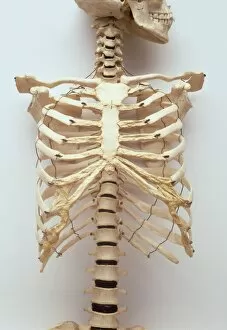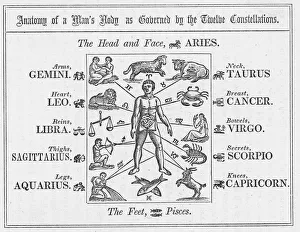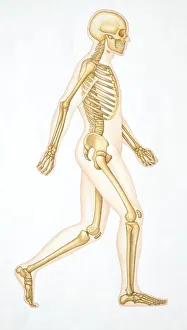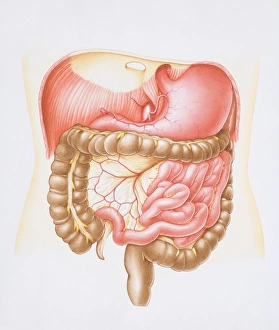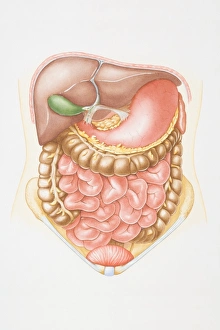Human Body Collection (page 5)
"The Incredible Complexity of the Human Body: Exploring its Marvels and Wonders" Facial muscles play a vital role in expressing emotions
All Professionally Made to Order for Quick Shipping
"The Incredible Complexity of the Human Body: Exploring its Marvels and Wonders" Facial muscles play a vital role in expressing emotions, as depicted in this detailed diagram showcasing the various facial muscles labeled for better understanding. A front view diagram of facial muscles provides an insightful glimpse into the intricate network that allows us to smile, frown, and convey a range of expressions. Amidst nature's beauty, a Red Admiral butterfly basks on a sunlit plant, reminding us of the delicate balance between living organisms and their surroundings within the human body. The Northern Irish coastline presents breathtaking sandy beaches in Ballycastle, County Antrim—a reminder that our bodies are connected to diverse landscapes across continents. As day turns into dusk at Almyros Beach in Corfu Island, Greece, we witness yet another stunning sunset—a reflection of how our bodies adapt to changing environments throughout life's journey. X-ray images reveal the structure of a normal knee—an essential joint enabling movement and supporting our body weight—highlighting both its strength and vulnerability. Hags Head at Cliffs of Moher showcases Ireland's rugged beauty; just like these cliffs stand tall against crashing waves, our bodies possess resilience amidst life's challenges. The picturesque sunset over Cleggan in Connemara reminds us that even as daylight fades away, there is always hope—the same way our bodies heal and rejuvenate during restful nights. Delving deep inside the human ear through cross-section diagrams reveals its remarkable complexity—comprising auditory canals, eardrums, semicircular canals—all contributing to hearing abilities we often take for granted. A taste map unravels intriguing aspects of our tongue—light green areas sensitive to bitterness; yellow areas responsive to sourness; blue regions attuned to saltiness; while purple zones delightfully perceive sweetness—all partaking in the sensory experience of taste.

